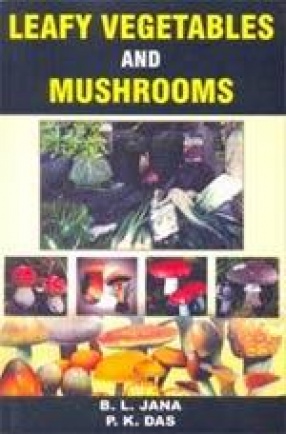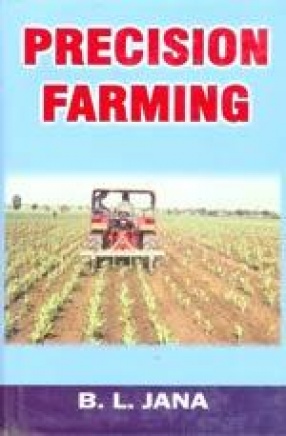Appropriate Technologies for Drought Prone Areas
Synopsis
Droughts are the worst crisis in some drought prone rainfed and dryland areas in India, specially in the semi-arid tropics including Rajasthan where the State finds itself in the grip of parts of the States of Orissa, WestBengal, Jharkhand, Bihar, Haryana, Punjab, Madhya Pradesh, Andhra Pradesh, Uttar Pradesh, Gujarat and other neighbouring states due to lack of rainfall and prolonged water crisis prevails in the hottest months. The crisis is so serious on humans as well as livestock animals that if mitigatory measures with appropriate technologies are not taken in time, the prolonged drought situation would become devastatingly unique with loss of humans and livestock animals. The terrible shortage of drinking water and life-saving irrigation to the field crops, particularly in the hottest period of the season, become the menace both for flora and fauna. Foodgrains and fodder for humans and livestock/domestic animals become the greatest problem among other problems of socio-economic life style of the poorest of the poor farming communities. Suitable farming technology and extension strategy need to be disseminated on war-footing in the drought affected areas of the country vis-?-vis in the neighbouring countries. This book entitled “Appropriate Technologies for Drought Prone Areas†has got tremendous impact on the socio-economic upliftment of the resource-poor faring community as well as generating income for the ultimate benefits of the clientele group. The author has been prompted to write this book as a practical reference document and has tried to mark the situation of droughts, its brief survey, managing droughts, dryland agriculture in India, technologies for mitigating risk in drought prone rainfed areas with some achievements, sericulture in dryland areas, livestock production technology, upgrading of rainfed agriculture, water harvesting concept and technologies, soils of rainfed areas and their management, role of plant nutrition in drought prone agriculture, degraded wasteland development, the Bengal famine and other famines due to droughts, socio-economic analysis of SAT agriculture, agricultural vision, capacity building of farmers, etc. This book will become indispensable for everybody fighting for the disaster for a greener vision in the years to come.
Read more
44.10
39.69
$
49.00 $
Free delivery Wolrdwidе in 10-18 days
Ships in 2-4 days from New Delhi
Membership for 1 Year $35.00
Get it now and save 10%
Get it now and save 10%
BECOME A MEMBER





Bibliographic information